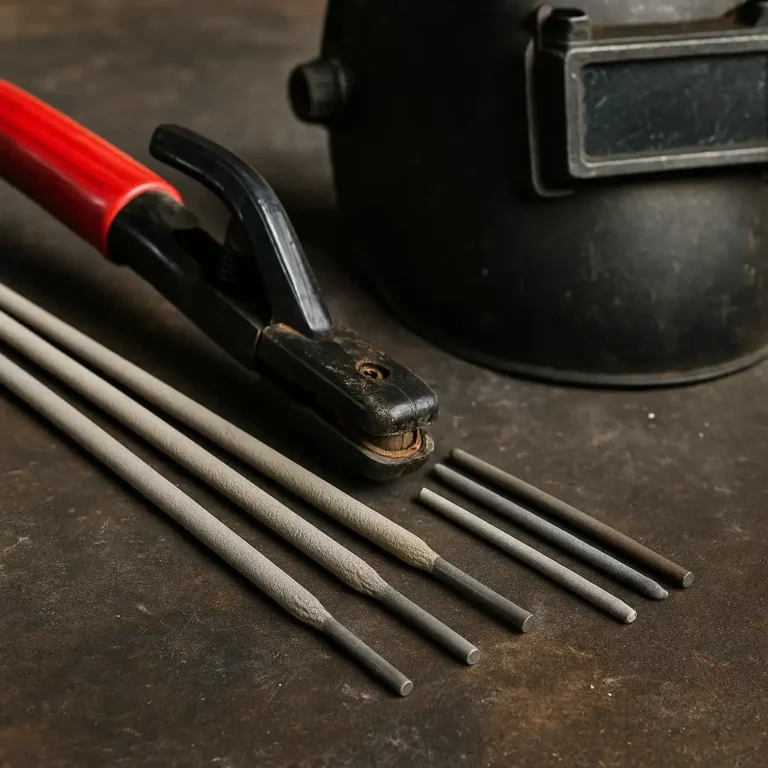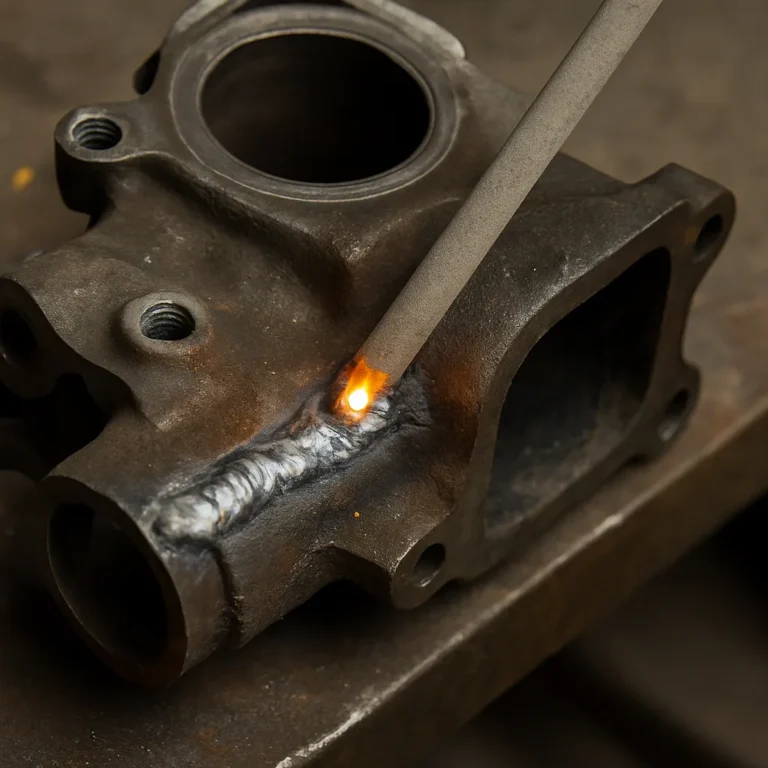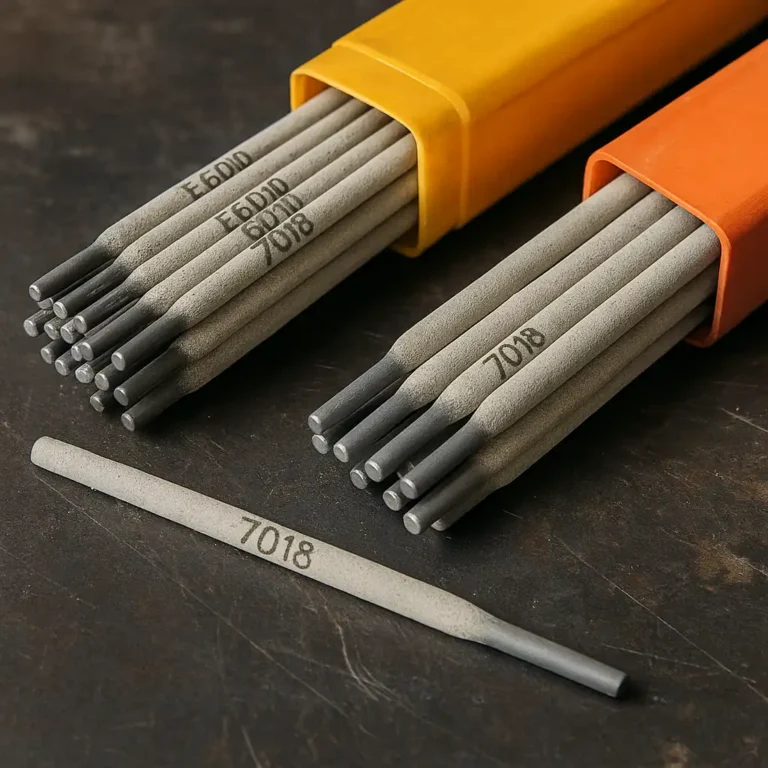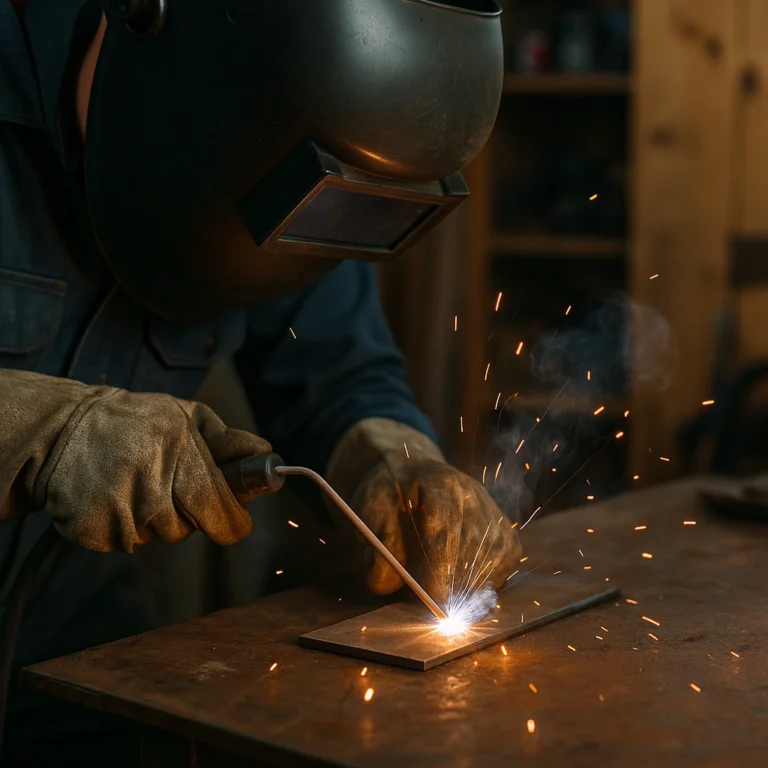308 vs 309 Welding Rod – Key Differences and Best Uses
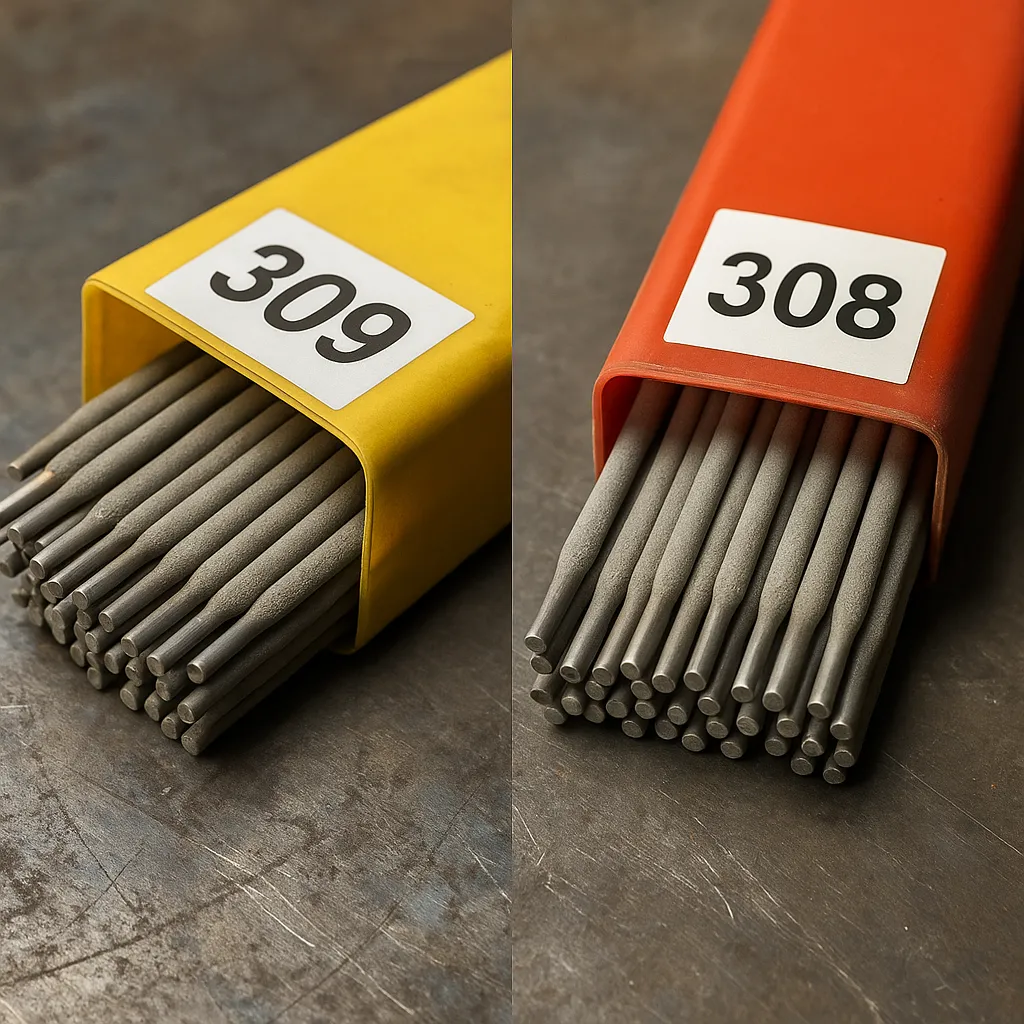
Disclosure: This post contains affiliate links. As an Amazon Associate, I earn from qualifying purchases—at no extra cost to you.
Last Updated: September 11, 2025
When stainless is on the bench, the choice between 308 vs 309 welding rod can make or break the job. Both rods are strong performers, but they’re tuned for different situations. Knowing which one to run saves you from cracks, wasted time, and rework.
👉 Still comparing your options? Our complete guide to welding rod types lays out the main choices and where each one works best.
📋 Quick-View Comparison List
🔩 308 Welding Rod
⚡ Strengths: Smooth arc, corrosion resistance, clean bead
🔧 Best For: 304 stainless, food-grade work, stainless repairs
⚠️ Limitations: Not suited for stainless-to-carbon joints
🔩 309 Welding Rod
⚡ Strengths: Works with mixed metals, resists cracking, handles heat
🔧 Best For: Stainless-to-carbon steel, heat exchangers, heavy repairs
⚠️ Limitations: Higher cost, bead isn’t as smooth as 308
🔎 Strength & Durability
308 rods lay down clean stainless welds with solid corrosion resistance. They’re the standard choice when the work is stainless-to-stainless.
309 rods carry extra chromium and nickel, which makes them stronger under heat and stress. They’re more forgiving when you’re welding stainless to carbon steel or working on high-temperature equipment.
👉 Want to step back and see the bigger picture? Our guide to different welding rods walks through the main types and where each one fits.
🔎 Ease of Use & Handling
308 rods strike easy, run smooth, and leave a bead that doesn’t take much cleanup. They’re beginner-friendly and dependable.
309 rods aren’t quite as slick, but they’re steady. They’ll bridge stainless and carbon without giving you grief, even if the bead doesn’t win beauty contests.
🔎 Versatility in Welding Jobs
308 rods show up in food plants, marine gear, and chemical setups where rust resistance is critical. They’re built for everyday stainless fabrication.
309 rods step up when the weld is more demanding. Mixed metals, heat exchangers, or boiler repairs—this rod holds together where 308 would fall short.
👉 Dealing with rough or dirty steel? Our best welding rod for rusty metal guide shows which rods cut through corrosion and still hold strong.
🔎 Best Match for Welders
- If you’re fabricating stainless day in and day out, 308 rods will cover most of your work.
- If you’re in repair shops, maintenance, or heavy industry, 309 rods are the safer pick. They’re versatile and stand up to jobs where metals don’t match.
📦 308 Welding Rod – Best for Stainless-to-Stainless Work
308 is the everyday choice for 304 stainless. It’s clean, reliable, and easy to run.
Its limitation: it’s not built for stainless-to-carbon joints, so stick with pure stainless projects.
📦 309 Welding Rod – Best for Dissimilar Metal Joints
309 is the go-to when stainless meets mild or carbon steel. It handles heat, stress, and heavy use without cracking.
The bead may not look as smooth as 308, but the strength is where it counts.
🟢 FAQs
Q: What is 308 welding rod used for?
A: It’s mainly used for 304 stainless in food-grade, marine, and chemical jobs.
Q: What is 309 welding rod used for?
A: It’s made for welding stainless to mild or carbon steel, and for equipment that sees high heat.
Q: What’s the main difference between 308 and 309 welding rod?
A: 308 is best for stainless-to-stainless, while 309 is better for mixed metals and hotter conditions.
Q: Can 309 replace 308?
A: Sometimes. It works fine on dissimilar joints, but for clean stainless jobs, 308 usually gives a better finish.
✅ Conclusion
In the 308 vs 309 welding rod matchup, it comes down to the job. Use 308 when you need smooth, corrosion-resistant welds on stainless. Grab 309 when you’re joining stainless to carbon or dealing with heat and stress. Choosing the right rod keeps your welds strong and your work moving.

